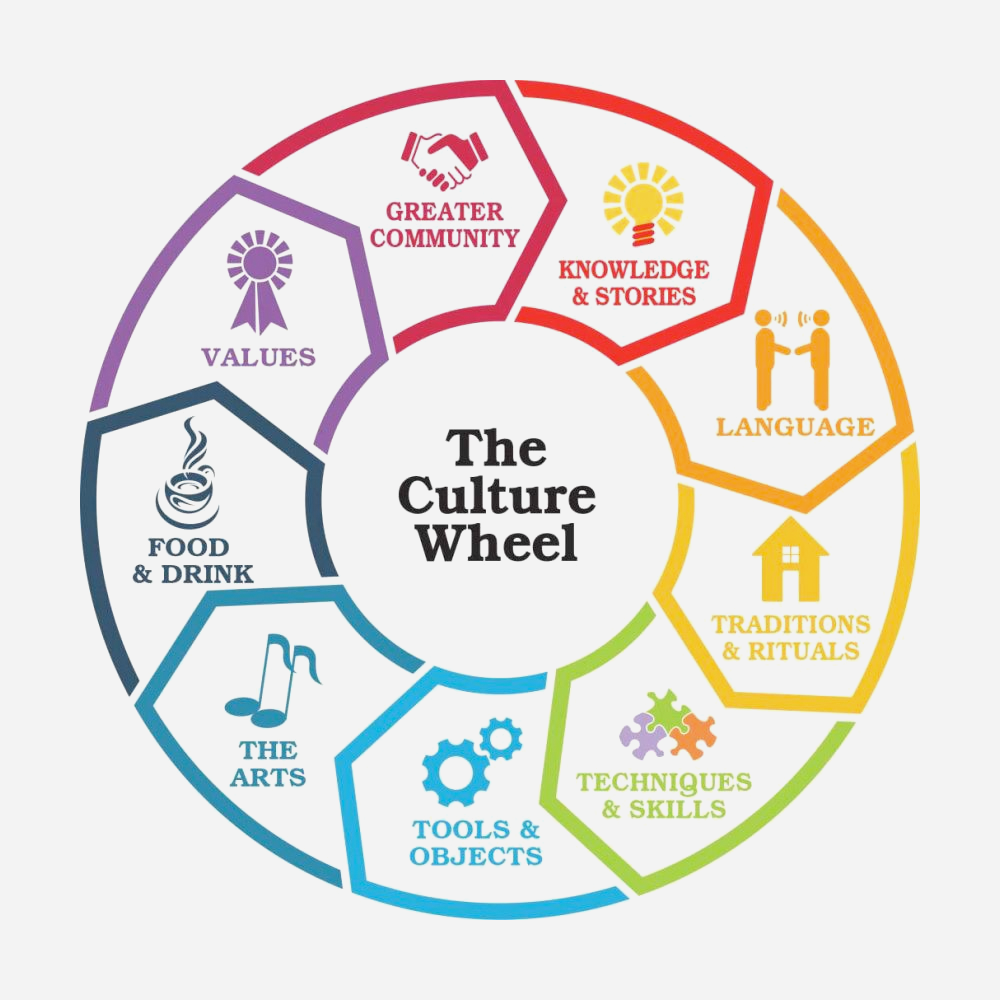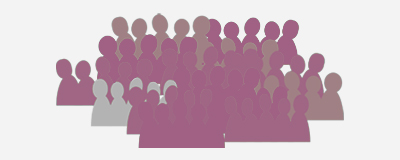3 Explore Context
Emilda Thavaratnam
Exploring the details surrounding a communication can help us better understand the central idea. Context can give us insight into what is being communicated.
What You’ll Learn:
- What social, relational, and cultural contexts are
- How context allows for deeper understanding of communication
You may have asked:
- Will 100% of the money I donate go to the business owner?
- How does Kiva stay in business? Who donates money?
- What countries have Kiva?
- What are the criteria for applying?
- What other types of micro-loans are there?
If you are interested in finding out the answers to the questions above on Kiva, visit https://www.kiva.org/.
Social Context
Social context is the social, environmental, and physical settings that influence the way we communicate. Social environments often have common rules for communication that people follow.
How Social Context Influences Communication
Social context and how we interpret social cues change based on the society we are part of.

For example, how we greet someone varies depending on social context.
In Sri Lanka, people from Tamil communities often put their palms together under the chin and in front of the chest while slightly bowing the head and say “Vanakam.” In contrast, Canadians often wave at one another or shake hands. In Japan, a bow is customary to greet someone.
How we interpret social cues through body language, facial expressions, eye contact, and other gestures also differs based on social context.
For example, eye contact is a sign of respect in certain Northern parts of the world. In contrast, certain countries in the Eastern part of the world perceive direct eye contact as a sign of disrespect.
Social Context in Texts
When looking for the social context of a text or other communication, consider:
- When it was written
- Where it was written
- What social norms it follows or describes
In his book A Fine Balance, Rohinton Mistry uses life in India in 1979 and the emergency lockdown of the country as the social context for his story. During this time, there was economic trouble, a divide between the rich and the poor, violent riots, and widespread protests. This social context influences the way his characters act, the setting, and the plot.
In addition, this social context allows him to make a commentary on poverty. In his book, four strangers are forced to share a cramped apartment as a result of the riots and upheaval. A widow, a student, and two tailors face uncertainty and try to relate to one another during a scary, turbulent time—the 1979 State of Emergency in India.

Click here to read more about this historical moment in India.
Read this source for an interview in which Mistry discusses the social context in his book.
Think of social context as another way to uncover the author’s message.
Relational Context
Our relationship to the topic and person we are communicating with changes the way we communicate. Considering these relationships can give us valuable information about what is being communicated, how it is being communicated, and why it is being communicated.
When looking for relational context for a text or other communication, consider:
- The relationship between the writer/speaker and their topic
- The relationship between the writer/speaker and their audience
- The relationship you have with the writer/speaker
- The relationship you have with the topic
Now consider relational context using two different types of sources: an autobiography and a biography.

Autobiographies are written through a more intimate lens because the author is writing their own story. Biographies, on the other hand, may not be as intimate because someone else is writing the story. The relational context between the author and the topic changes the overall tone and feeling of the story.
Consider Michelle Obama’s autobiography Becoming and Isabel Wilkerson’s New York Times article “Isabel Wilkerson on Michelle Obama’s ‘Becoming’ and the Great Migration.”
QUOTE
Relational Context
| “I was old enough now to realize that all the hours my mother gave to me and Craig were hours she didn’t spend on herself” (Obama, 2018). | Since Obama is writing about her own life, her tone and language are authentic. Here, she is reflective. Her experiences in adulthood have helped her realize the depth of mother’s selflessness. |
| “Her father, Fraser Robinson III, worked for the city tending boilers for a water filtration plant, and her mother, Marian Shields Robinson, stayed at home looking after Michelle and her older brother, Craig” (Wilkerson, 2018). | Isabel Wilkerson’s relationship to the topic of “Michelle Obama” is not a personal one. She may have referred to secondary sources to research Obama’s history before writing the article. As a result, this excerpt is factual in tone. It represents a recollection of events and facts rather than a personalized narrative. |
Cultural Context
Culture refers to the beliefs, customs, arts, traits, and institutions of a specific nation, people, or social group. Communication reflects and interacts with the culture in which it occurs.
Paying attention to the cultural context of sources can provide a more thorough understanding of the main ideas.
When looking for the cultural context in a text or other communication, consider the following:
- The underlying beliefs, traditions, and values
- The arts, food, and institutions depicted
- The behaviour and traits of cultural group(s)
- The writer’s claim or argument
- Defining cultural events
The Culture Wheel represents some of the various facets of culture that may influence communication.

Symbols are often used in books and movies to provide cultural context.
In the Oscar-winning movie Parasite, directed by Bong Joon-Ho, South Korean culture (its standard of living, class structure, arts, food, and music) is used as the backdrop to the setting and plot. One important prop in the movie is a “Scholar Rock,” a large stone that is a symbol of wealth and luck in Korean culture. Understanding the cultural significance of the Scholar Rock provides insight into the movie’s commentary on class structures in South Korea.
Read more about the significance of this symbol here.
Reflect: Think about the last movie you saw.
- What was the cultural context?
- What type of music, food, arts, and values did you observe?
Activity
Respond to the questions below to find the social, relational, and cultural context of the article: “I Don’t Think We’ll Be Nicer After COVID-19, But We Might Be Wiser. That’s More Important” by Chris Kutarna.
Read the excerpt and the full article before you begin:
The strength of a community isn’t rooted in how nice we are to one another. It’s rooted in us each realizing how much we depend on one another for our own well-being.
To exit this pandemic into a better, brighter future, we don’t need to hold onto a stronger sense of compassion for others. All we need is a stronger sense of our own fragility… My well-being depends on you and so your well-being makes me stronger. If we each hold on to this newfound wisdom, then as a community we will become much stronger and more resilient to the next shock that none of us will see coming. (Kutarna, 2020)
Click here to continue reading.
| SOCIAL | RELATIONAL | CULTURAL |
|---|---|---|
| Where was the article written? When was it written? What are social norms you recognize? | Who wrote the article? What relationship does the author have with the audience? Who is the audience? How did I feel while reading it? How did reading this affect you? In what ways did you relate to the article? In what ways did you not relate to the article? | What was happening in the world when this article was published? What are some cultural, political, social, and environmental factors that may have influenced the author’s argument? What traditions and values of the audience/community are addressed in the article? |
Social, relational, and cultural context can help you critically analyze the source you are reading. Understanding context is an important tool to have in your toolkit.
References
See Explore Context References
Nonverbal forms of communication such as use of the body, facial expressions, and personal space to express meaning.
Expectations or standards for behaviour in society at large.


